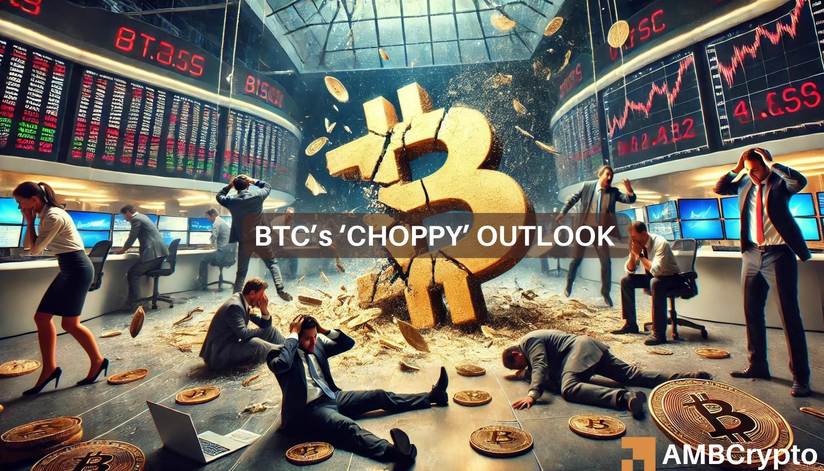Just a few days into September, Bitcoin [BTC] has experienced a 4% decrease, dropping from $59.8k to barely maintaining a position above $56k at the current moment. Many market analysts have anticipated potential Federal Reserve rate cuts in September as a driving force for Bitcoin and the broader risk market.
Nonetheless, Arthur Hayes, the founder of BitMEX, suggests that short-term vulnerability could persist even following the expected Fed rate cuts on 18th September. According to Hayes, BTC might exhibit erratic or downward movements towards the $50K mark as financial institutions shift liquidity towards the Fed’s RRP (Reverse repurchase agreement) for higher yields. In a portion of his recent analysis report, he stated,
‘As a result, RRP balances are likely to continue rising, causing Bitcoin to either trade sideways around these levels or gradually decline towards $50,000.’
RRP serves as a crucial monetary policy tool for the Federal Reserve, particularly in managing money supply (liquidity) and short-term interest rates. A significant increase in RRP could restrict liquidity in the United States and vice versa.
Macro Ambiguity for BTC?
Initially, Hayes had predicted that the U.S. might amplify treasury bills (T-bill) issuance, totaling over $300 billion, which would inject the necessary liquidity and uplift BTC. However, he recently observed a rise in RRP in comparison to T-bill issuance, indicating a negative impact on U.S. liquidity.
‘Assuming that the Federal Reserve does not reduce rates before the September meeting, I anticipate T-bill yields will remain notably lower than those of the RRP.’
Within context, BTC has traditionally shown a positive correlation with U.S. liquidity. Therefore, the aforementioned liquidity squeeze may bring adverse effects to the digital asset in the immediate future.
Nevertheless, Hayes mentioned that his pessimistic BTC forecast is temporary and views this weakness as a chance for buying opportunities.
‘My change in perspective has me on the verge of clicking the Buy button. I have no intention of selling cryptocurrencies because my short-term outlook is bearish.’
Aside from these potential macro uncertainties, Bitcoin has typically recorded poor performance in September. However, as highlighted by QCP Capital, the cryptocurrency may witness a significant rebound in October.
‘Historically, October has displayed the most robust bullish tendencies, with Bitcoin registering positive returns, averaging a gain of 22.9% in 8 out of the last 9 Octobers.’
At present, the crypto Fear and Greed index has indicated a reading of 27, signaling ‘fear.’ Additionally, the derivatives market segment has predominantly displayed bearish sentiments, evident from the negative Taker Buy Sell Ratio.
This reading implies that sellers have dominated buyers, illustrating prevailing negative sentiment in the market.

